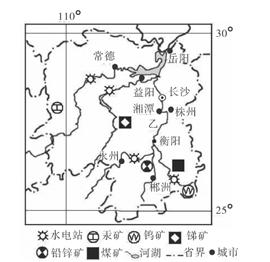For years, smokers have been exhorted to take the initiative and quit: use a nicotine patch, chew nicotine gum, take a prescription medication that can help, call a help line, just say no. But a new study finds that stopping is seldom an individual decision. Smokers tend to quit in groups, the study finds, which means smoking cessation programs should work best if they focus on groups rather than individuals. It also means that people may help many more than just themselves by quitting: quitting can have a ripple effect prompting an entire social network to break the habit.
The study, by Dr. Nicholas Christakis of Harvard Medical School and James Fowler of the University of California, San Diego, followed thousands of smokers and nonsmokers for 32 years, from 1971 until 2003, studying them as part of a large network of relatives, co-workers, neighbors, friends and friends of friends.
It was a time when the percentage of adult smokers in the United States fell to 21 percent from 45 percent. As the investigators watched the smokers and their social networks, they saw what they said was a striking effect—smokers had formed little social clusters and, as the years went by, entire clusters of smokers were stopping en masse. So were clusters of clusters that were only loosely connected. Dr. Christakis described watching the vanishing clusters as like lying on your back in a field, looking up at stars that were burning out. "It’s not like one little star turning off at a time," he said,"Whole constellations are blinking off at once. "
As cluster after cluster of smokers disappeared, those that remained were pushed to the margins of society, isolated, with fewer friends, fewer social connections. "Smokers used to be the center of the party," Dr. Fowler said, "but now they’ve become wallflowers." "We’ve known smoking was bad for your physical health," he said,"But this shows it also is bad for your social health. Smokers are likely to drive friends away. "
"There is an essential public health message," said Richard Suzman, director of the office of behavioral and social research at the National Institute on Aging, which financed the study. "Obviously, people have to take responsibility for their behavior," Mr. Suzman said. "But a social environment," he added, "can just overpower free will. " With smoking, that can be a good thing, researchers noted. But there also is a sad side. As Dr. Steven Sehroeder of the University of California, San Francisco, pointed out in an editorial accompanying the paper, "a risk of the marginalization of smoking is that it further isolates the group of people with the highest rate of smoking—persons with mental illness, problems with substance abuse, or both.
Which of the following statements is true according to the opening paragraph()
A. Smokers have been prevented from quit smoking for years
B. It is rare that smokers make a decision to quit
C. It is preferable to abstain from smoking in groups
D. Nonsmoker could be affected because of the ripple effects


